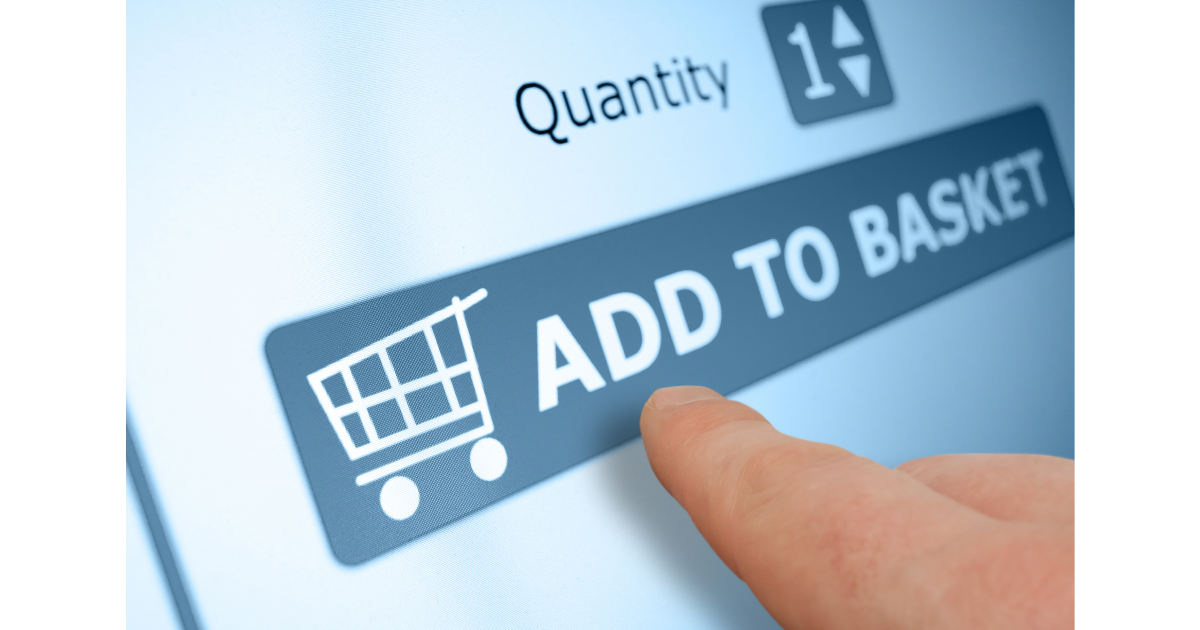It may seem hard to believe, but Black Friday is fast approaching. Businesses are already racing to optimize their websites for the holiday shopping rush.
Unfortunately, if your website isn’t designed with accessibility and usability in mind, blind or screen reader users like myself won't be able to shop with you. According to the U.S. Department of Labor, Americans with disabilities possess $175 billion in discretionary spending power. This substantial market segment is too big to overlook. Creating accessible websites ensures that all shoppers can fully participate in the Black Friday and holiday shopping season.
Accessibility should be on your priority list this Black Friday and beyond.
In the remainder of this blog, I’ll highlight a few critical accessibility deficiencies that can negatively impact a typical Black Friday shopping session based on my experience.
As always, this discussion will strictly pertain to screen reader accessibility.
Conveying Price Changes
So many Black Friday shopping perks involve reducing the price of an item or service. The way these price changes are structured can often wreak havoc on screen readers.
For one, it may be tempting to use heavily stylized numbers and fonts to catch the eye of sighted shoppers and draw their attention to the discounted item. However, these fancy numerals are often graphic-based and consequently ignored by screen readers completely.
As a result, a screen reader-dependent person will be unable to hear the discounted price and will, therefore, not be interested in pursuing the purchase. While the decorative text has its purpose, a website should never use it at the expense of accessibility.
Any non-standard fonts or numerals should be text-based and conform to accessibility guidelines to ensure assistive technology compatibility.
Another price-related usability issue I often face when shopping online is the need for more chronological clarity between the original and discounted price. In other words, the screen reader will sometimes speak the price values out of order from their text designations.
Here is a theoretical example from a product details page. The “Tab” marker represents a single forward progression in the navigation sequence.
“Original Price” Tab “Sale Price” Tab “$14.99” Tab “$19.99.”
Following a better screen reader logical progression, this may read:
“Original Price” Tab “$19.99” Tab “Sale Price” Tab “$14.99.”
The original version leads to a clunkier and slower browsing experience.
Temporary Website Sections
One common marketing strategy during Black Friday website optimization is to include a temporary page on the site that aggregates and lists only the products affected by the deals and discounts.
While it may be tempting to put less effort into this temporary page because it will be short-lived, it is essential to ensure that the deals section of the website conforms to accessibility standards to the same degree as the rest of the site.
Unfortunately, most of my experience with these temporary additions has been negative. I find that buttons have no labels, product images are not described, keyboard traps are plentiful, and navigating back and forth between the main site and the auxiliary Black Friday page is clunky and unreliable.
I sometimes cannot even access the Black Friday section of the site because the link or button connecting to the deals page from the main homepage does not fit correctly with a text label in the code that enables screen reader detection and interaction.
These temporary site sections are usually the main focus of Black Friday shopping flows. Poor accessibility can drive off blind shoppers like me, leading to fewer purchases overall and greater customer dissatisfaction.
Email Communications
Emails are an integral part of many Black Friday marketing campaigns. As is true of the main website, the content contained in the marketing emails for Black Friday must also comply with accessibility guidelines.
A few examples:
- If you include a coupon or promotion code in the email, you should list the details in plain text so that screen reader users can hear and copy the code for use on a website. Embedding the code in a decorative image or graphic is not accessible.
- Any links to specific deals, products, or sections of the website must be correctly labeled so that screen reader users will know the link and where it will direct them once activated. Proper text descriptions must be present if you use pictures to convey critical information.
Check out this related post- Best Practices for Structuring and Designing Accessible E-mails
Final Thoughts: Black Friday 2024
My main goal here was to convey the tremendous importance of accessibility in all Black Friday campaigns this year. I hope this blog points companies looking to improve their accessibility this Black Friday season in the right direction.
To recap:
- Ensure price changes are accessible: Use text-based fonts for prices and maintain logical screen reader navigation between original and discounted prices.
- Make temporary website sections accessible: Label buttons, describe images, avoid keyboard traps, and ensure seamless navigation between the main site and deals pages.
- Send accessible email communications: Include plain-text coupon codes, properly labeled links, and descriptive alt text for any key images
Blind online shoppers like myself will feel included in the digital world when all technology is accessible and usable to its full potential. What better place to start than this year’s Black Friday?
Editor's Note: Our frequent contributor, Michael Taylor, wrote this post. This post reflects his opinions and experiences. Read more about Michael and some other posts on his experience online here.








